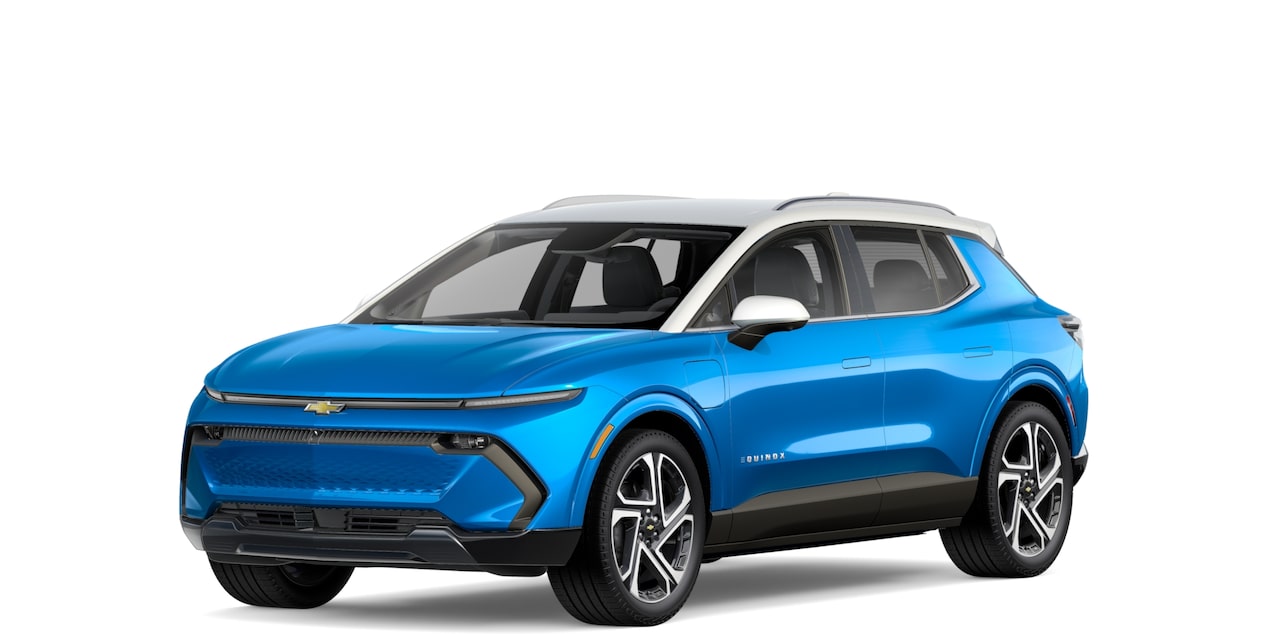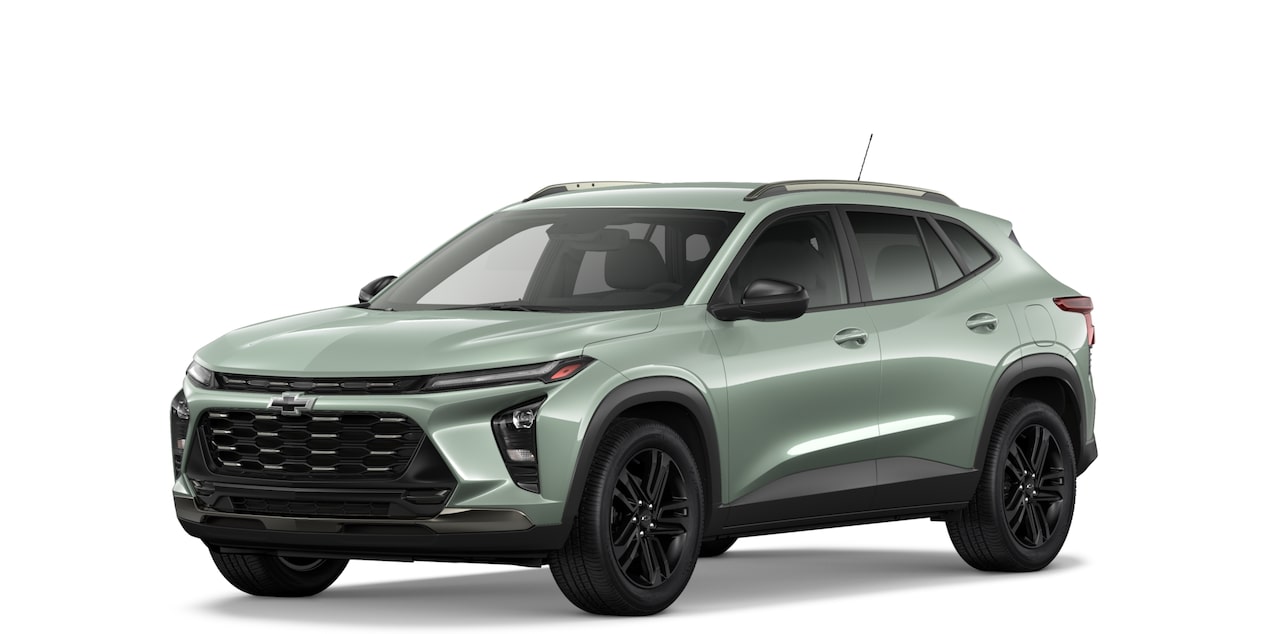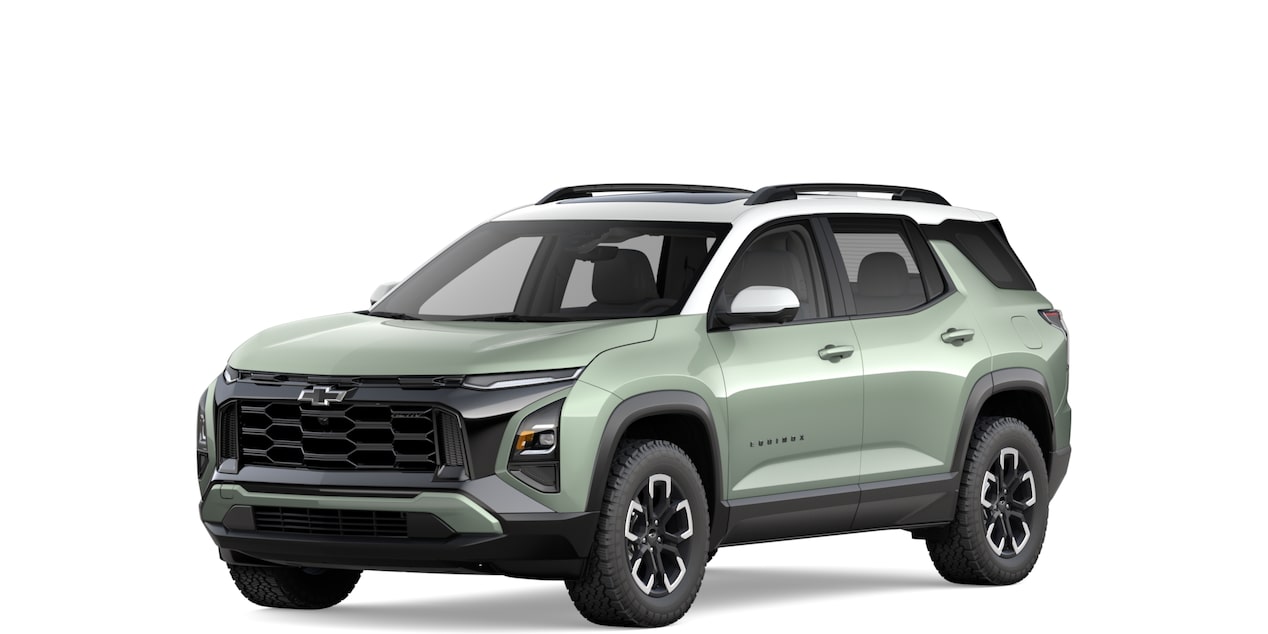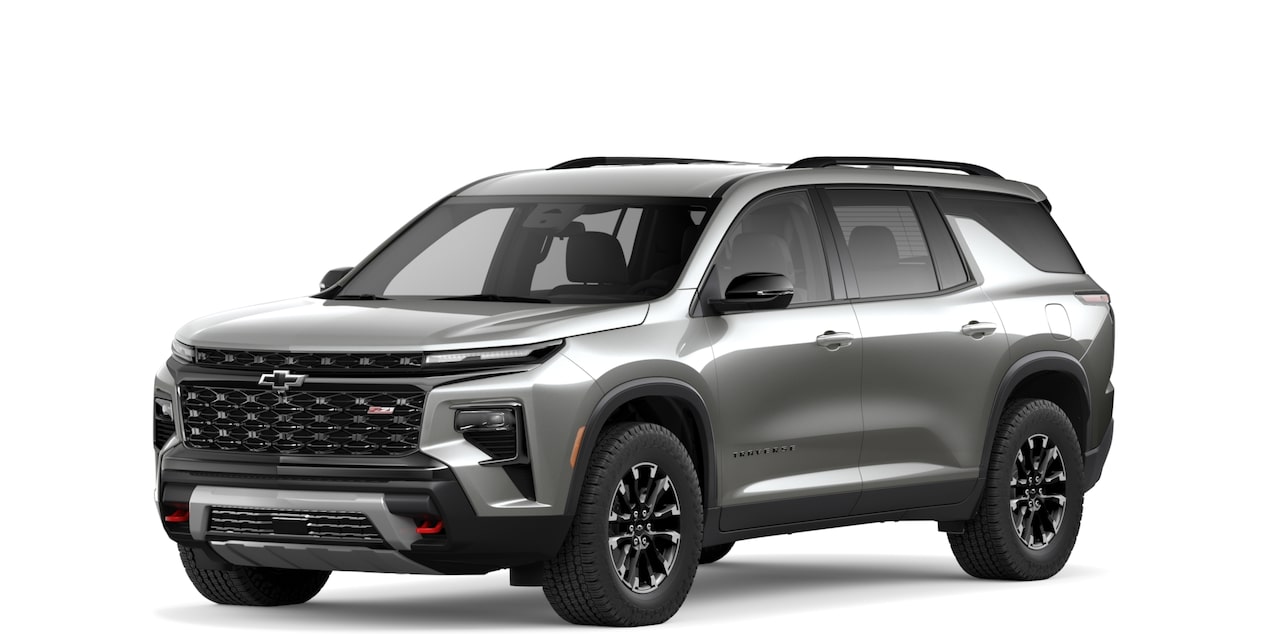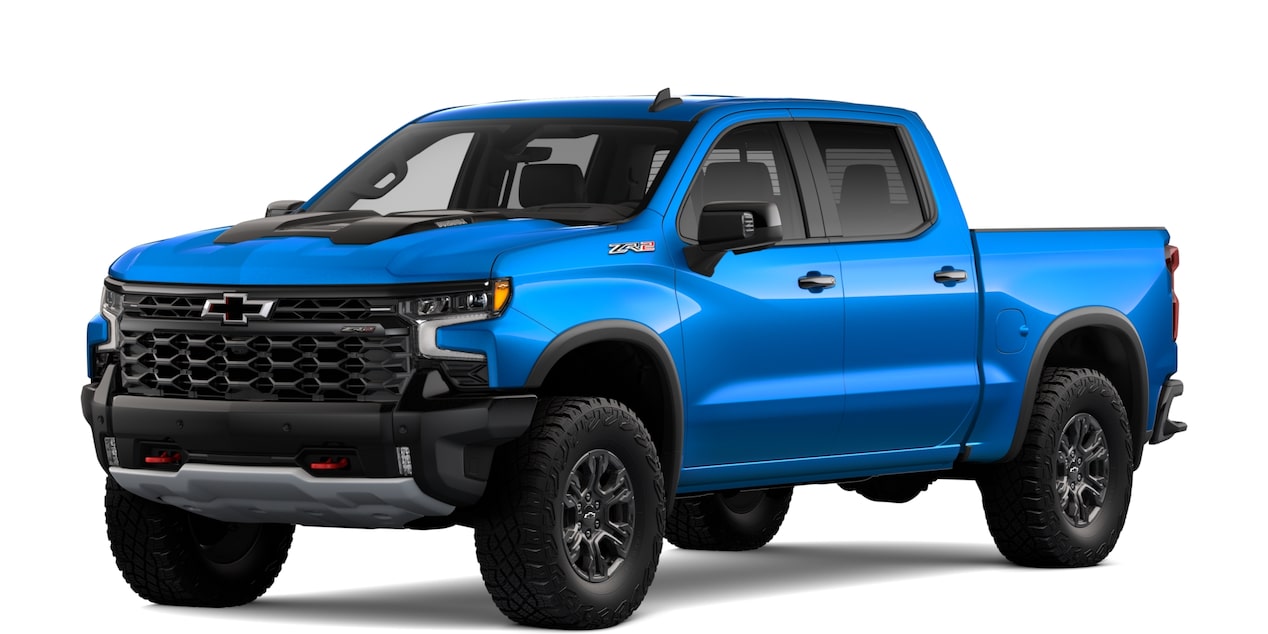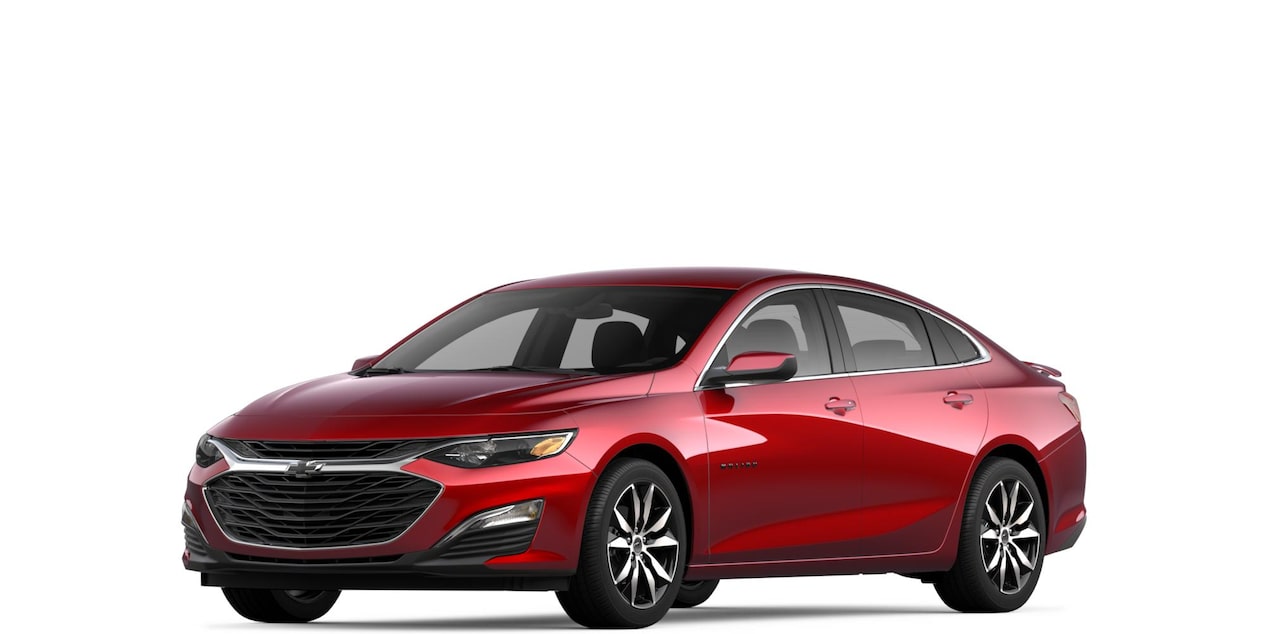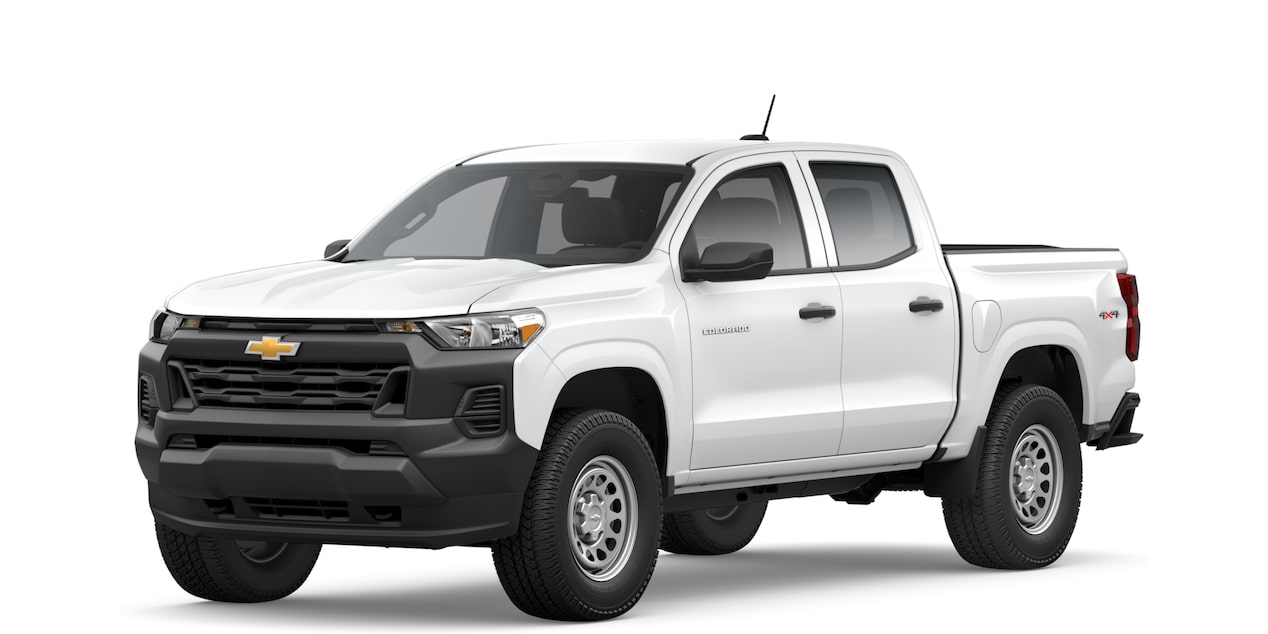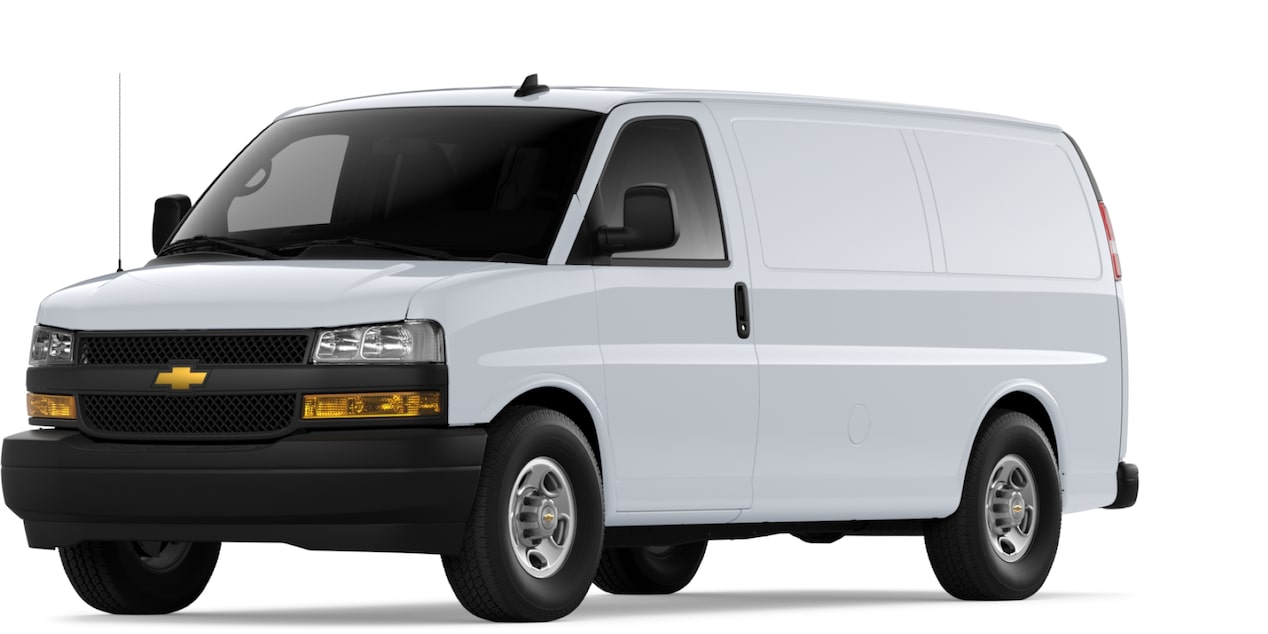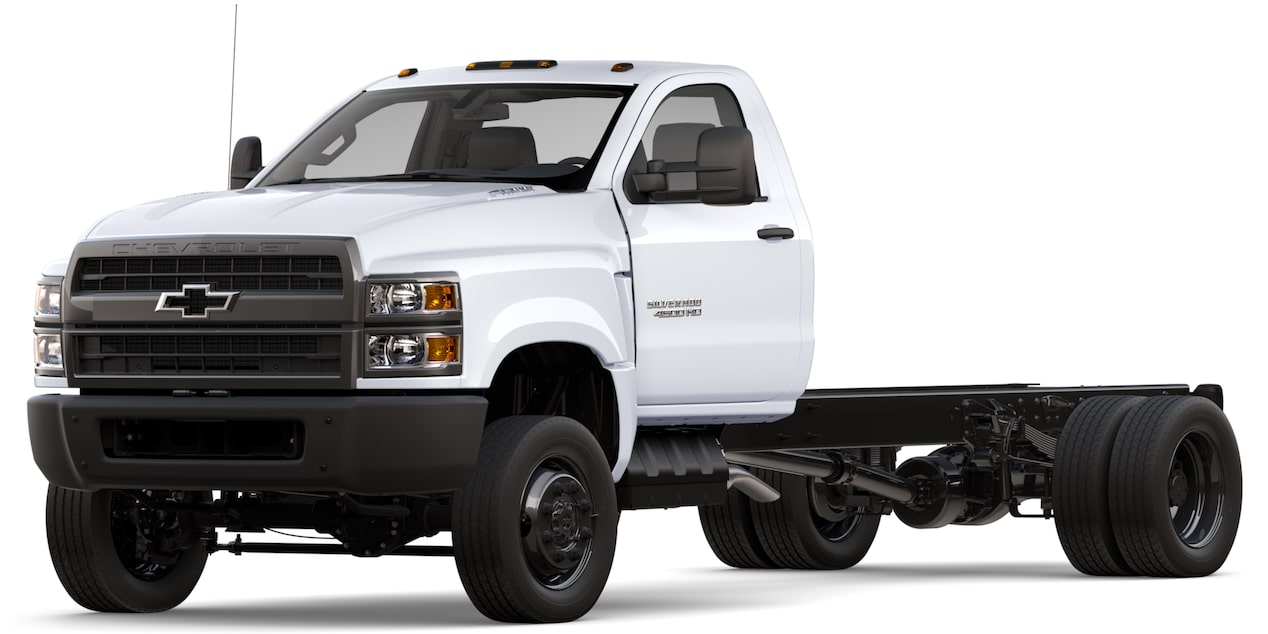
Published: 6/20/2022
A Performance Pair
Author: DAN HODGDON
Photos: LUCAS PRIAMO
Share on
Share on
Visit us at
Visit us at
The Chevy Nova has earned its rightful place among some of the Bowtie's other legendary performance names: Corvette, Camaro, Chevelle. Yet sometimes this muscle-car era masterpiece, which evolved from an economy car at its introduction, is overlooked in the pantheon of classic muscle.
The Chevy Nova has earned its rightful place among some of the Bowtie's other legendary performance names: Corvette, Camaro, Chevelle. Yet sometimes this muscle-car era masterpiece, which evolved from an economy car at its introduction, is overlooked in the pantheon of classic muscle.
However, according to classic car dealership RK Motors' Marketing Director James Helms, that is no longer the case.
"We've seen the Novas become more popular, and even the earlier-generation Chevelles," Helms says. "It used to be '70 Chevelles were the bread and butter but I feel like, for people who are wanting something that's going to be a corner carver, that short wheelbase seems to be a nice balance for them. You're not dealing with a boat. You're not trying to get these modern driving characteristics out of something that is just very heavy and long. You've got the reduced weight of the short wheelbase, which makes it a good platform."

Chevy Novas are among the most popular restomod platforms.
Currently, Helms has a pair of Novas: a 1969 and a 1972 model powered by the Chevrolet Performance LS3 crate engine* inside his company's Charlotte showroom.
Each is built in a restomod, Pro Touring style, and both are from local consignors.
"We've seen a lot of the custom, restomod stuff," Helms says. "That's been something we've always carried, but I'd say that those are becoming more mainstays with us."
While RK Motors still features a stunning variety of numbers-matching classics, Helms believes the market has shifted toward restomods with modern amenities.
The Novas are perfect examples.
The 1969 model is the product of a complete nut-and-bolt restoration by Tony's Muscle Cars in Sugarloaf, Pennsylvania, and is finished in Garnet Red with a black vinyl top. Under the hood is a Chevrolet Performance LS376/480 crate engine* making 495 horsepower and 473 lb.-ft. of torque. The engine is based on the traditional 6.2L LS3, but uses a hydraulic roller LS3 Hot Cam. The camshaft features 0.525-inch lift on both the intake and exhaust sides, along with 219-degree/228-degree duration specs.


This 1969 Nova has a Chevrolet Performance LS365/480 crate engine* under the hood.
According to Chevrolet Performance, there is less lift on the intake side than the stock cam, but more duration, which allows the valves to stay open longer and draw in more air from the rectangular-port L92-style cylinder heads.
"The LS platforms generally are no slouch, but by putting a cam in one and tinkering and tuning you can get the power band that you want," Helms says.
The engine is mated to a Super Magnum six-speed manual transmission from Chevrolet Performance, which features a 700 lb.-ft. maximum torque capacity limit. It is designed for custom, retro-fit installations with Chevrolet Performance crate engines.* This transmission utilizes a Hurst shifter with a Chevrolet Performance ball.
Other highlights of the '69 Nova include suspension components and rack-and-pinion steering from Detroit Speed, a Ford nine–inch rear axle with posi-traction differential, Wilwood four-wheel power disc brakes, and 18-inch American Racing Rally wheels. The tires are General G-MAX 235/45ZR18 in front and 245/45ZR18 in the rear.
Inside is a custom leather interior with seats sourced from a 2006 Pontiac GTO, a Dakota Digital Dash, wood-rimmed steering wheel, Vintage Air, and Bluetooth-capable audio.


RK Motors' 1972 Nova is powered by a Chevrolet Performance LS3 crate engine.*
Meanwhile, RK Motors' 1972 Nova is another restomod built in the Pro Touring style, but it is also a unique build and the product of a ground-up restoration. The car features eye-popping Metallic Blue paint with white Yenko-style stripes and "Rally Nova" callouts. Plus, Super Sport headlight bezels feature modern halo lamps.
The Nova is powered by the traditional LS3 crate engine* from Chevrolet Performance, the popular and versatile 6.2L power plant making 430 horsepower and 425 lb.-ft. of torque. It utilizes an aluminum block with components designed for performance and longevity, which combined with the engine's L92-type rectangular-port heads, create a 10.7:1 compression ratio.
"The LS3 is the perfect middle ground," Helms says. "Not everybody needs an LSX* or anything huge and crazy. The LS3 is the perfect balance for the displacement and tunability that you want. That LS3 is easily the most common [crate engine*] we see."

The interior of the 1972 Chevy Nova.
The Nova features a 4L65-E four-speed automatic transmission, a Ford nine-inch rear axle with posi-traction differential and 3.73 gears, a Heidts suspension, and power rack-and-pinion steering. The car is stopped by Wilwood four-wheel power disc brakes. It rides on Nitto NT555 Extreme ZR tires that measure 245/45ZR17 in front and 255/50ZR17 in the rear. The rubber is wrapped around chrome 17-inch Ridler 675 wheels.
A custom leather interior features a Billet Specialities Fury wheel, Dakota Digital Dash, and Vintage Air. Other modern amenities include power windows and cruise control.
Every vehicle at RK Motors also goes through an extensive 56-point inspection before it is ever allowed to be put online for sale.
RK Motors has been in business for close to 13 years and in its current location for a decade. In addition to selling some of the nation's most desirable vehicles, the company also includes the RKM Performance Center, which specializes in everything from restoration and service work to custom builds.

The interior of the 1969 Nova.
Helms, who has worked at RK Motors for eight years, says that recently the company has been primarily focused on moving cars through its showroom. He believes the reason for the uptick in business is twofold.
For one, during the pandemic, general hobbyists were looking for something fun to do to pass the time with their families and turned to the automotive world. Meanwhile, other individuals became aware of market volatility and were looking to diversify with hard assets in historically significant cars.
Helms also believes the ever-growing popularity in crate engine*-powered restomod builds has a lot to do with a younger generation in their late 30s to mid-40s getting into the hobby. However, their experience with cars is much different than their parents' and grandparents' generations, when much time was spent under the hood.
"They didn't necessarily grow up driving carbureted engines all the time," Helms says of his younger clients. "For some people, they want to get in and just turn the key and go. And I can completely respect that.
"They want it to be fuel-injected, they want to have the reliability the crate engines* offer them."

Crate engines* like the LS3 are becoming ever more popular in restomod builds.
In addition, Helms is seeing later-generation vehicles from the 1980s and early '90s becoming more popular as a younger audience begins to buy and modify vehicles they grew up with.
"They want the stuff that was on their bedroom wall when they were a kid," he says.
But no matter the era of vehicle or the owner's age, the LS platform has become a mainstay in the world of performance.
"The LS platform has kind of become ubiquitous in the hot rod community in general," Helms says. "No matter what kind of power you're wanting to get out of it, no matter what kind of performance you're going for, there's [likely] a plug-and play option for you. I think that's very approachable for a lot of people."
That concept is on full display in both of the LS3*-powered Novas housed inside RK Motors.
Be sure to keep watching The BLOCK for much more on Chevrolet Performance-powered builds from across the nation.
*Because of their effect on a vehicle's emissions performance, these engines are intended exclusively for use in competition vehicles. These engines are designed and intended for use in vehicles operated exclusively for competition: in racing or organized competition on courses separate from public streets or highways. Installation or use of these engines on a vehicle operated on public streets or highways is likely to violate U.S., Canadian, and state and provincial laws and regulations related to motor vehicle emissions.

